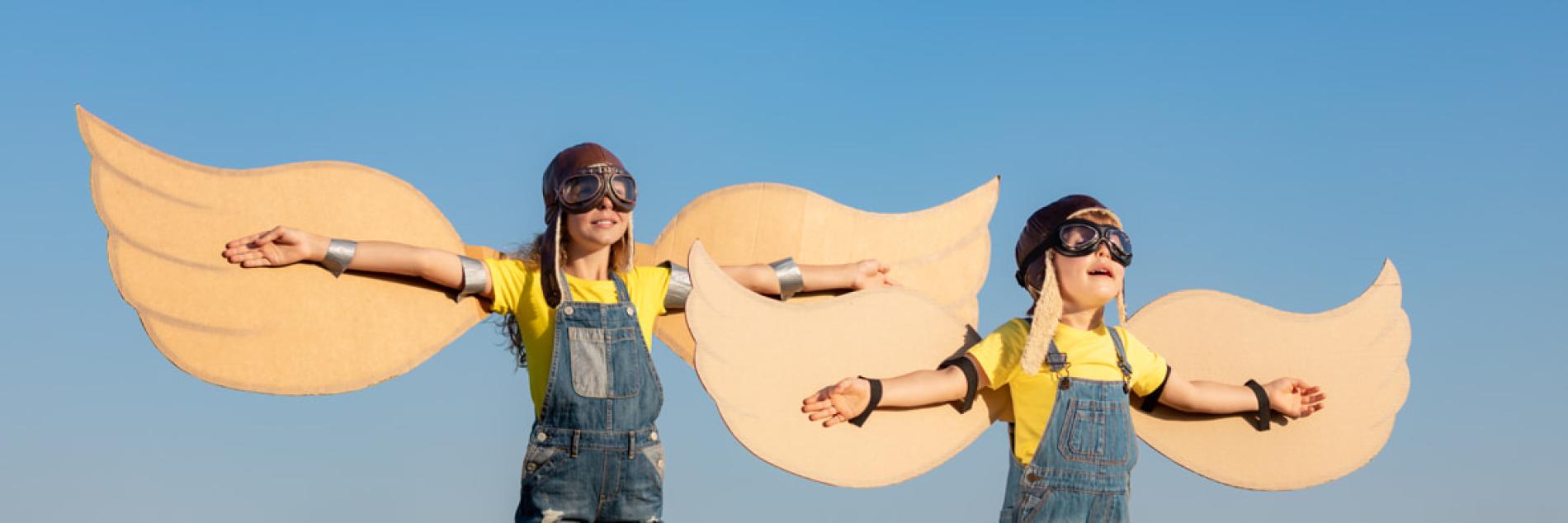Cover more underwriter
Our insurance partner
AA Travel Insurance policies are issued and underwritten by Zurich Australian Insurance Limited (ABN 13 000 296 640) trading as Zurich New Zealand, distributed, arranged and administered by Cover-More (NZ) Limited (NZBN: 9429038789373: FAP FSP26184), and promoted and distributed by The New Zealand Automobile Association (Incorporated). For further information see Zurich New Zealand’s financial strength rating. Consider the Policy Document before deciding to buy this product. Limits, sub-limits, conditions, and exclusions apply. Standard excess may apply.
Financial strength rating
Zurich Australian Insurance Limited (ABN 13 000 296 640) trading as Zurich New Zealand has a financial strength rating of AA- from S&P Global Ratings. This rating shows that the company has very strong financial security characteristics. This is reviewed annually and may change from time to time. View the full and current financial strength rating.
Financial advice
The New Zealand Automobile Association provides general information about AA Travel Insurance products and services so that you can make a choice that best meets your needs. Information provided does not take into account your personal circumstances, needs or goals and is not intended to be financial advice. If you'd like to receive financial advice, you can get professional advice from a registered financial adviser.





